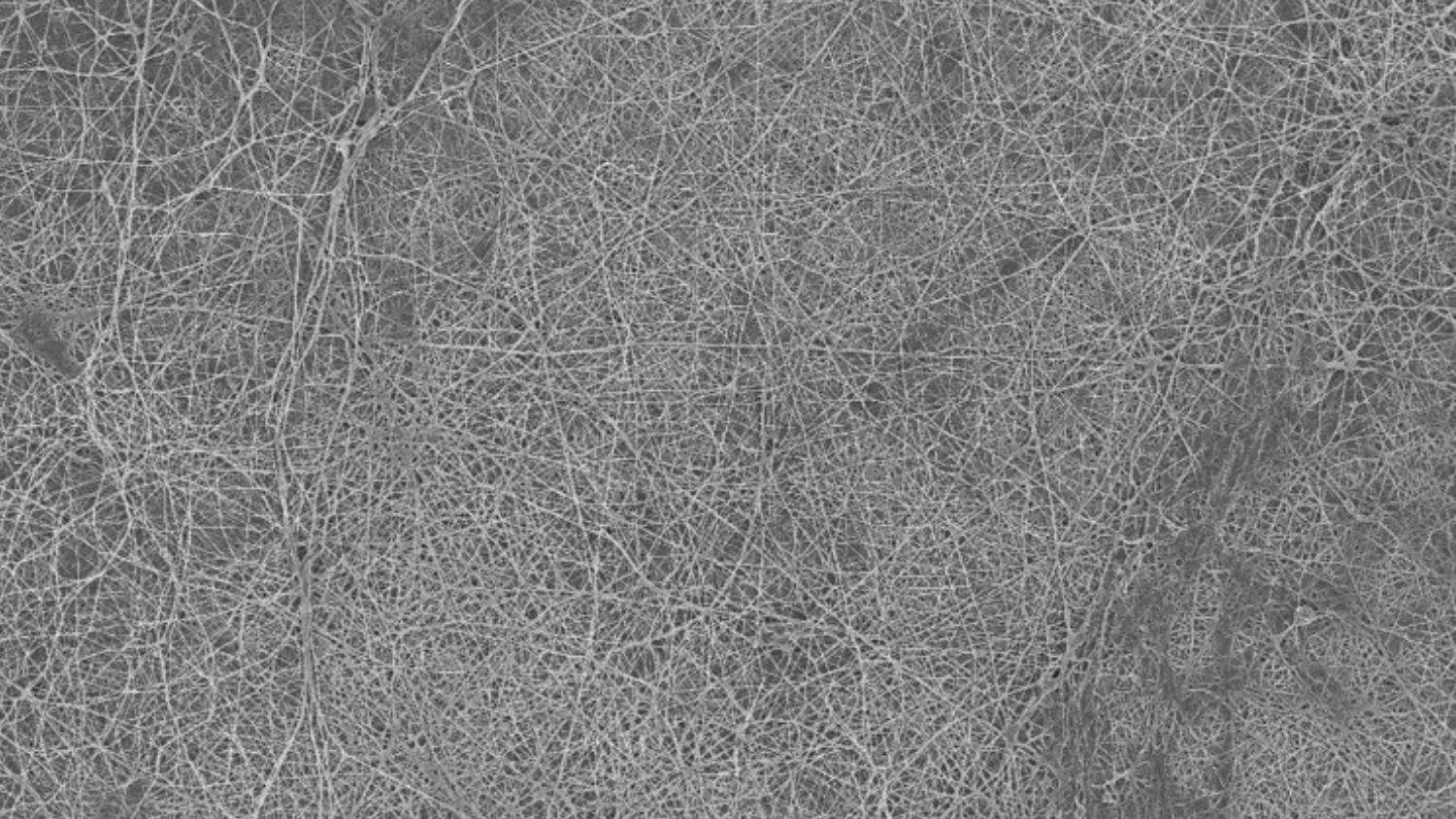Mar 10 2021
Scientists have shown that a slimy, yet strong, biofilm made by some bacteria for safety and to enable them move about can help separate oil from water. The material might be beneficial for applications like cleaning contaminated waters.
 Bacterial cellulose showed utility in separating oil and water in experiments led at NC State. Image Credit: Zahra Ashrafi.
Bacterial cellulose showed utility in separating oil and water in experiments led at NC State. Image Credit: Zahra Ashrafi.
In a study published in the journal Langmuir, scientists from North Carolina State University have reported the results of an experiment where a material synthesized by the bacteria Gluconacetobacter hansenii was used as a filter to isolate water from an oil mixture.
It’s really remarkable to think that these little bugs can make this stuff that is so perfect in many ways.
Lucian Lucia, Study Corresponding Author and Associate Professor, Forest Biomaterials and Chemistry, North Carolina State University
The biofilm made and discharged by the bacteria into their surrounding is composed of cellulose—the same material that provides plants their strong structure in the cell walls. But according to the team, when bacteria produce cellulose, it has a tightly packed, crystalline structure.
It’s one of the purest, if not the purest, forms of cellulose out there. It’s very well structured. It’s very water loving, and it’s got a very high crystallinity, so it packs very beautifully. Once you strip out the bacteria, you have this amazingly tough material that has a real robustness, or toughness.
Lucian Lucia, Study Corresponding Author and Associate Professor, Forest Biomaterials and Chemistry, North Carolina State University
According to the researchers, the bacteria synthesize the film for self-protection.
“If you leave something like an unwashed dish out, it can turn all slimy and gross – that’s a biofilm. Different bacteria make different biofilms. The bacterial film that we’re studying is made of cellulose. The bacteria are making it because they live on it and in it. They’re making their home,” stated study co-author Wendy Krause, associate professor of textile engineering, chemistry and science at NC State.
As part of the experiment, the team used the bacteria as cellulose nano-fiber factories. Then, they eliminated the bacteria and their non-cellulose residue. Lastly, they used the cellulose membrane to observe whether it could isolate water from a solution that contains both water and oil.
The researchers discovered that the material was effective at isolating water, and it was strong.
The oil doesn’t want to go through the membrane; it has a repulsive effect to it. It’s super fat-hating. If the oil and water were highly mixed, it doesn’t matter. You could put an immersion blender into the solution, and the membrane will still separate the water and oil.
Lucian Lucia, Study Corresponding Author and Associate Professor, Forest Biomaterials and Chemistry, North Carolina State University
The team envisions a range of possible applications for the material under conditions where water must be recovered from an oily mixture—whether it is to clean water contaminated with a textile dye or for environmental remediation. In the future, the team plans to examine how the membrane can be customized by chemically altering it for some applications.
Journal Reference:
Ashrafi, Z., et al. (2021) Bacterial Superoleophobic Fibrous Matrices: A Naturally Occurring Liquid-Infused System for Oil-Water Separation. Langmuir. doi.org/10.1021/acs.langmuir.0c02717.